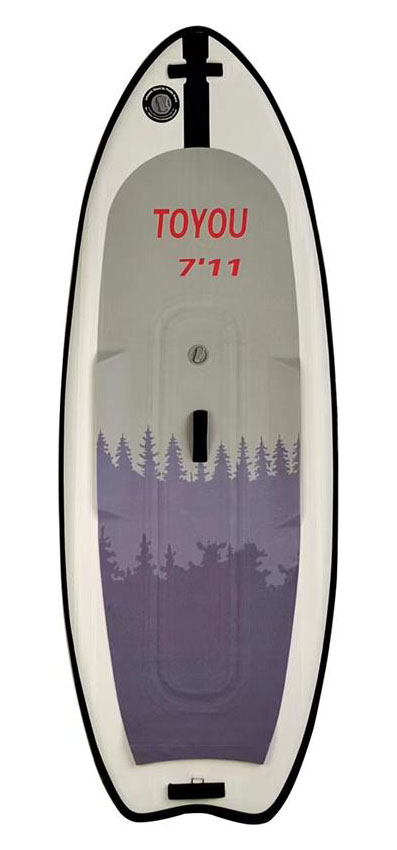Inflatable paddle boards (SUPs) are often perceived as harder to balance on compared to hard paddle boards, but the actual difficulty depends on several factors including the design, construction quality, and the specific conditions in which they are used.
Factors Influencing Balance on Inflatable Paddle Boards
- Board Thickness and Construction:
- Thicker Boards: Inflatable SUPs typically range from 4 to 6 inches in thickness. Thicker boards (6 inches) provide more rigidity and stability, making them easier to balance on.
- Drop-Stitch Construction: High-quality inflatable SUPs use drop-stitch construction, which helps the board maintain its shape and rigidity when inflated, improving balance.
- Width and Shape:
- Width: Wider boards (32 inches or more) offer better stability and are easier to balance on, making them suitable for beginners.
- Shape: Boards with a wider tail and nose provide more stability. All-around boards are generally designed to be more stable compared to narrower, more performance-oriented shapes like touring or racing boards.
- PSI (Pounds per Square Inch):
- Proper Inflation: Inflating the board to the recommended PSI is crucial for achieving optimal rigidity. Under-inflation can lead to a softer board that flexes more, making it harder to balance on.
- User Skill Level:
- Beginners vs. Experienced Paddlers: Beginners may find any type of paddle board challenging initially. However, with practice, balancing on an inflatable SUP can become easier. Experienced paddlers may not notice a significant difference in balance between inflatable and hard boards.
- Water Conditions:
- Calm vs. Rough Waters: Inflatable SUPs are generally easier to balance on in calm waters. In choppy or rough waters, the flexibility of an inflatable board can make balancing more challenging compared to a rigid hard board.
Pros and Cons of Inflatable SUPs in Terms of Balance
Pros:
- Portability: Inflatable SUPs are easy to transport and store, making them a convenient choice for many users.
- Durability: They are less likely to get damaged from impacts, which can be a significant advantage for beginners.
- Comfort: Inflatable SUPs tend to be softer and more comfortable for activities like yoga.
Cons:
- Potential Flex: Even with high-quality construction, some inflatable SUPs can have a bit more flex compared to hard boards, which might affect balance in certain conditions.
- Initial Learning Curve: Beginners might find it slightly harder to balance initially, especially if the board is not properly inflated or is of lower quality.
Conclusion
While inflatable paddle boards might be slightly harder to balance on compared to hard boards, high-quality inflatable SUPs designed for stability can be very user-friendly. The key is to choose a board that is well-constructed, properly inflated, and suited to the user’s skill level and intended use. With proper practice and the right board, balancing on an inflatable SUP can be as easy as on a hard board.



